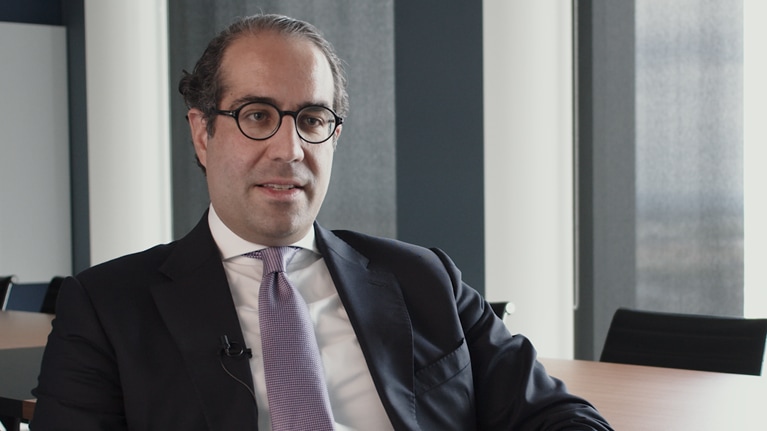Assets under management (AUM) at private banks in Western Europe grew 12 percent in 2021, propelling profits nearly to an all-time high. On the surface, that is positive news, but a closer look tells a more nuanced story.
Our annual private banking survey yielded three key takeaways. First, strong market performance—especially compared with 2020—created a powerful tide that lifted all boats. At the same time, strategic priorities saw only modest advances. Finally, as the tide rolls out in 2022, the outlook is much more uncertain, and the split between winners and losers is likely to widen.
Market performance drove profits
The industry has been celebrated for outstanding performance in 2021, and full-year estimates from our survey offer some justification for the sentiment. After a dismal 2020, AUM grew 12 percent in 2021. Most of the growth resulted from market performance: 8 percent growth, compared with just 1 percent in 2020 (Exhibit 1). At the same time, net inflows doubled to 4 percent in 2021, from 2 percent in 2020, putting inflows two percentage points above the five-year industry average. This makes the split between what market performance contributed to total AUM growth (two-thirds) and what net inflows contributed (one-third) unusually large.

In 2021, strong market performance effectively lifted all boats. Wealth management profit pools in Western Europe increased by 15 percent—the highest growth rate over the last decade. Profit margins increased by two basis points to 22 basis points as revenue pools grew faster than cost pools in absolute terms (9 percent versus 7 percent). But in what could be a warning sign for wealth managers, that 7 percent growth in absolute cost represented an unprecedented rate of acceleration and reflected increases in both personnel costs—partly because of higher variable compensation—and non-personnel costs. Still, the industry’s cost-to-income ratio improved slightly, from 70 percent in 2020 to 69 percent in 2021.
Would you like to learn more about our Financial Services Practice?
Limited operational improvement
Despite a favorable market environment, wealth managers did not make much progress on structurally improving the foundations of their business. There were no outstanding changes in industry key performance indicators (KPIs) in 2021. Most KPIs experienced a continued, slow improvement on a historical trajectory, while others, such as lending penetration, declined (Exhibit 2).

Execution-only assets as a share of total managed AUM dipped from 51 percent to 50 percent, while discretionary mandates expanded from a 29 percent share to 30 percent. Advisory mandates remained stable at 20 percent of AUM. Looking at the distribution of assets by class, the share of equities grew two percentage points at the expense of cash and fixed income, partly because equities saw strong market performance. Alternatives were stable at 9 percent of AUM, causing that asset class to expand in absolute terms along with the increase in total AUM.
Absolute lending volumes grew 7 percent in 2021. However, because AUM grew strongly, lending penetration declined by one percentage point, from 12 percent in 2020 to an estimated 11 percent in 2021.

The future of private banking in Europe: Preparing for accelerated change
Momentum still uncertain for 2022
Wealth managers were always going to have difficulty matching 2021’s robust growth, but this year’s environment has become especially uncertain. Markets have become extremely volatile against a background of geopolitical unrest combined with the economic distress brought on by overwhelmed supply chains and rapidly growing energy costs.
Investors appear hesitant to act in this environment. Indeed, poor market performance in the first and second quarters has already reduced AUM for most wealth managers, who are also dealing with higher cost pools (net of variable compensation). On the flip side, interest rates in Europe and in the United States have started to rise, which could improve net interest revenue contribution.
It’s still unclear whether 2022 will shape up to be a so-so year for private banking or a very bad one. But with market performance almost certain to trail 2021, wealth managers need to prioritize net inflows for growth.

